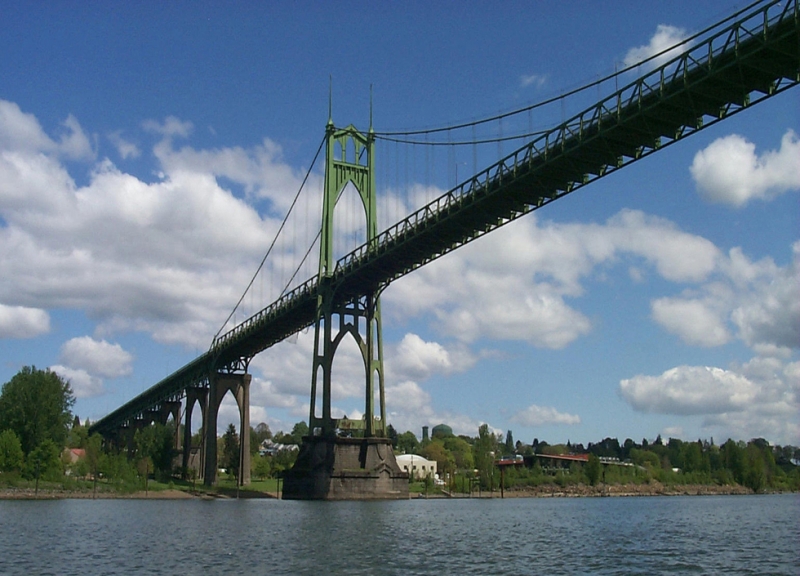
NOAA announced a plan to restore natural resources in the Portland Harbor Superfund site, an 11-mile stretch of the Willamette River with several areas of contaminated sediments from more than 100 years of industrial and urban uses.
The river has been a hub of the Oregon city’s maritime commerce since the 1900s, and is still at the center of Portland’s commercial and recreational activities. Pollution from industrial and urban uses prompted the Environmental Protection Agency to declare it a Superfund site in 2000.
NOAA and the other members of the Portland Harbor Natural Resource Trustee Council recently released the Portland Harbor Programmatic Environmental Impact Statement and Restoration Plan. The plan evaluates several alternatives and outlines the council’s chosen approach: Integrated Habitat Restoration. Officials believe the integrated plan will result in habitat restoration projects that benefit a wide variety of fish and wildlife that may have been harmed by contamination.
This integrated approach focuses on the habitat needs shared by many species, with a particular focus on juvenile Chinook salmon. It also establishes a geographic boundary to guide the location of restoration projects.
The Trustee Council seeks projects that will achieve the following:
- Restore natural hydrology and floodplain function
- Reestablish floodplain and riparian plant communities
- Improve aquatic and riparian habitat
- Increase habitat complexity
- Provide connectivity to other habitats in the area
- Restore recreation along the river while avoiding negative impacts to habitat
To read details of the plan, visit the Damage Assessment Remediation and Restoration Program website.
